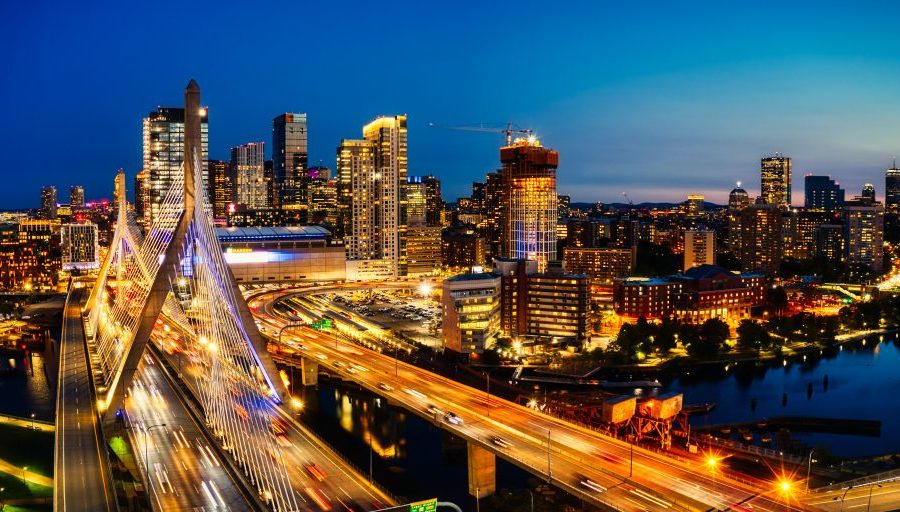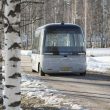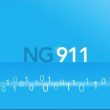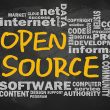What “smart city” means for 2021: How digital twins, AI and other innovations drive smart transformation
As U.S. cities feel the strain of urban growth—rents rising faster than incomes, more than half a million people homeless, persistent racial and social equity issues—some are making much-needed strides. They are becoming what McKinsey Global Institute defines as a “smart city,” a place where technology and data are used to enable better decisions that improve quality of life.
A critical condition for any city has been an understanding of the physical location that determines what it is and what it can become. That is why the anchor of urban planning systems is the science and practice of geography. For the past generation, city agencies have adopted geographic information systems (GIS), initially as systems of record for property management, infrastructure, transit, and public safety. Over the past decade, they built on this foundation with embedded sensors, mobile devices, high-speed wireless connectivity, exponential data and advanced analytics.
The result is the potential for a truly smart city, not only in terms of affordability and convenience, but also in terms of deepened social bonds.
A handful of cities and communities is aspiring to this vision. They are employing sensors for real-time inputs to data hubs, artificial intelligence (AI) for faster applications, multi-layered social demographic data, 3-D models to build and analyze their city’s digital twin, and other tech innovations that we’ll explore here.
3-D models and the digital twin
In Boston, planners have initiated 103 major projects that include 8,000+ new residential units. They started with a 3-D smart map for buildable lands analysis, including permitting requirements and environmental impact.
They used these 3-D maps to create a digital twin—a model of the city encompassing buildings, infrastructure and vegetation. Urban planners iterate projects with the digital twin by adding designs and data layers to explore and optimize development.
The digital twin can also provide insight on the condition of specific neighborhoods and buildings—down to the floor or room levels, and up into the airspaces above existing structures including rooftops. A 3-D map or digital twin makes all this information available to managers, first responders, transit workers, healthcare providers, local businesses, educators and, most importantly, residents.
To read the complete article, visit American City & County.

















